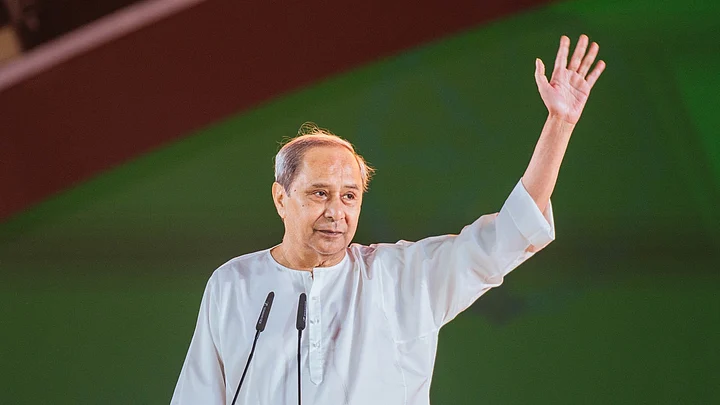In the current run-up to the twin elections in Odisha, the most discussed development is Biju Janata Dal (BJD) Supremo and Chief Minister Naveen Patnaik deciding to contest from the Kantabanji Assembly seat in Western Odisha in addition to his home turf Hinjili in Ganjam district, from where he has been winning since 2000 on the trot.
This jugular, however, is not for the first time by Patnaik. He had also contested from Bijepur Assembly constituency in Western Odisha in 2019 and won but gave it up in favour of Hinjili.
Why does the most popular leader of Odisha have to do this election after election? Did Prime Minister Narendra Modi not do the same in 2014 by contesting from Varanasi and Vadodara simultaneously?
Modi did it ostensibly to establish that he has a pan-Indian acceptance and, more so in the Hindi heartland to ginger up the BJP’s stock. But Patnaik does not have to contest from two Assembly seats when his regional outfit has been sweeping elections and poised for the sixth term in the state.
BJD’s Resolve to Outdo BJP
Though the bonhomie between the BJD and the BJP is well-known and talks for restoring the poll alliance – which went south in 2009 – dragged on for a fortnight last month, Patnaik seems a little wary but determined to unleash a 'no-holds-barred' fight to stymie BJP’s growth, particularly in Western Odisha notwithstanding losing a significant number of disgruntled BJD leaders and workers to the BJP recently.
Being in power for 24 years, the party confronts anti-incumbency sentiment and intense factionalism in many constituencies besides the BJP’s gradual surge in the state.
Therefore, it has become pretty obvious that the BJD wants to send a message that Modi or no Modi, none can make a dent in its image in Odisha and then play its cards carefully post-poll with an olive branch to protect itself from the several ongoing CBI and ED investigations.
This has been the pattern Naveen Patnaik’s administration has been following over the last 24 years vis-a-vis NDA or UPA government at the Centre.
What Could Be Going Wrong for Patnaik?
Despite the robust leadership of Naveen Patnaik and an extremely well-oiled organisation, why did the battle-ready BJD have to mull over the announcement of its candidates’ list which remains an unfinished task?
Something must be wrong this time and what could that be? The Patnaik administration may have done a lot for the people with abundant SOPs, development of infrastructure and a lot more, but keeping the ministers, legislators and MPs on a leash did not go well in the last few years.
A near-authoritarian functioning of the bureaucrats where public representatives barring a few, had no say or access to the CM was perhaps what shifted the gear.
Excessive dependence on police intelligence on the winnability of the aspirants for tickets too queered the pitch. As a result, a lot of sitting MLAs and MPs had to be replaced this time and the ruling party had to rely on last-minute turncoats who were given tickets as if there was no tomorrow with the belief that they would split the Opposition votes.
While the BJD had won 12 Lok Sabha seats in 2019 in Odisha out of 21, the BJP had wrested control of eight and the Congress of one. Given the dominance of BJD over the entire state, BJP’s performance was considered spectacular and many thought the feat was achieved because of a secret understanding between both the parties. It is a different matter that many BJP candidates lost Assembly polls narrowly.
The majority of the Lok Sabha seats BJP won were parts of western Odisha, where the Modi wave and an emotional disconnect with coastal Odisha played a major role. The same factors, it seems, continue even today.
Therefore, the political heavyweights from the BJP and the Congress have chosen their constituencies this time in the western belt seeking to exploit the fragile emotional and cultural conflicts with coastal Odisha amidst the demand for a separate Koshal State, though this may not turn out to be a game changer.
Naveen’s decision, however, to contest from Kantabanji, at least 380 km west of Bhubaneswar, could be based on a well-thought-out strategy to reassure the western Odisha voters mired in extreme poverty and unemployment that he is there for them.
His candidature from Kantabanji is bound to impact the voting pattern in western Odisha and may bring the warring factions in the party together. But this is just an assumption. One has to wait and watch.
(Srimoy Kar is a senior journalist based in Odisha. This is an opinion piece and the views expressed above are the author’s own. The Quint neither endorses nor is responsible for the same.)
(At The Quint, we question everything. Play an active role in shaping our journalism by becoming a member today.)
